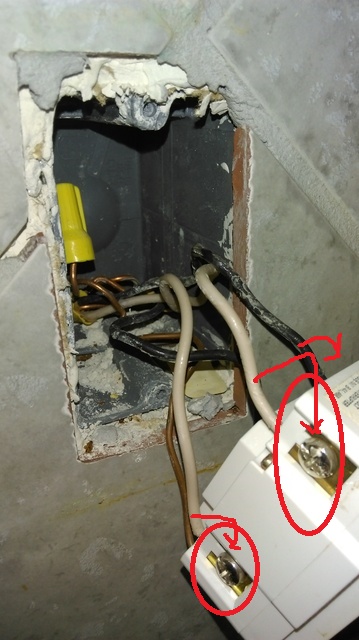The other thing to watch for in older homes is whether the wiring is Romex or knob-and-tube. I've seen more than one house fire because a bunch of very reasonable 5 or 10 amp draws on "separate circuits" eventually summed up to 40 or 50 amps on a shared common. If you've got knob-and-tube, even if it is 10 or 12 gauge, try to follow the common circuit back to see if any others are spliced in. You can also get some evidence of this if the number of commons coming into your panel are fewer than the total number of circuits. I found a pile of that and other electrical problems in my 1930s house.
I am not a licensed electrician, and don't even play one on TV.



















![Craft A Brew - Safale S-04 Dry Yeast - Fermentis - English Ale Dry Yeast - For English and American Ales and Hard Apple Ciders - Ingredients for Home Brewing - Beer Making Supplies - [1 Pack]](https://m.media-amazon.com/images/I/41fVGNh6JfL._SL500_.jpg)

















































